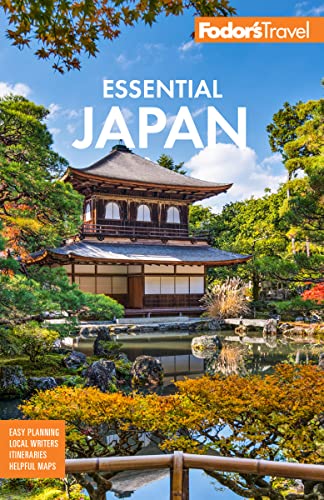This region, southwest of Tokyo between Suruga and Sagami bays, is one of Japan's most popular resort areas. The main attraction, of course, is Mt. Fuji, a dormant volcano—it last erupted in 1707—rising to a height of 12,388 feet. The mountain is truly beautiful; utterly captivating in the ways it can change in different light and from different perspectives. Its symmetry and majesty have been immortalized by poets and artists for centuries. Keep in mind that in spring and summer, Mt. Fuji often hides behind a blanket of clouds—worth noting if seeing the mountain is an important part of your trip.
Apart from Mt. Fuji itself, each of the three areas of the park—the Izu Peninsula, Hakone and environs, and the Five Lakes—has its own unique appeal. The Izu Peninsula is popular for its beaches and scenically rugged coastline. Hakone has mountains, volcanic landscapes, and lake cruises, plus onsen (hot springs) of its own. The Five Lakes form a recreational area with some of the best views of Mt. Fuji. And in each of these areas there are monuments to Japan's past.
Although it's possible to make a grand tour of all three areas at one time, most people make each of them a separate excursion from Tokyo.
Trains serve you well in traveling to major points anywhere in the northern areas of the national-park region and down the eastern coast of the Izu Peninsula. For the west coast and central mountains of Izu, there are no train connections; unless you are intrepid enough to rent a car, the only way to get around is by bus.
Especially in summer and fall, most towns and resorts have local visitor information centers. Few of them have staff members who speak fluent English, but you can still pick up local maps and pamphlets, as well as information on low-cost inns, pensions, and guesthouses.






